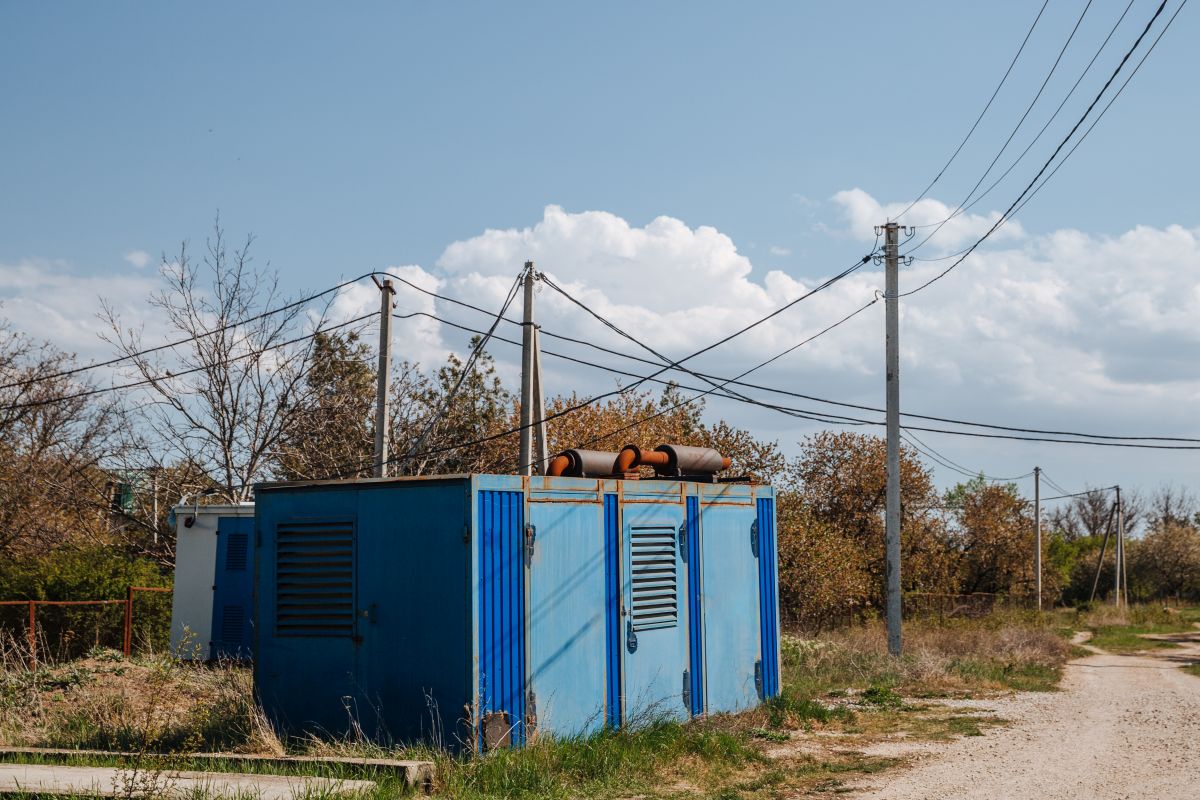WWW.UTILITYDIVE.COM
The virtual power plant pilot would include an opt-in “prosumer tariff” with higher fixed costs and a lower volumetric rate designed to incentivize distributed energy resource investment.
Xcel Energy would roll out a 50-MW virtual power plant, or VPP, utilizing a new “prosumer tariff” by the end of this year under a vision laid out by a Colorado Public Utilities Comission regulator. While the utility has some concerns about the timeline, it said in a Jan. 25 filing that aspects of the VPP could be included in an upcoming request for proposals in the first quarter.
Commissioner Tom Plant is pressing for Xcel to develop a VPP as part of an exploration of how third-party services can improve grid reliability. In a Jan. 5 recommended order, he sketched out how the VPP pilot might move ahead.
“Exploration of private sector VPP concepts is becoming increasingly important as Colorado moves from a traditional baseload, intermediate and peaker resource model to one in which greater percentages, and ultimately nearly 100 percent of generation capacity will be intermittent,” according to the recommended order. “The ability to dynamically manage demand and supply will become increasingly more critical to cost effective operation of the grid.”
Development of the VPP pilot will require Xcel to issue a request for proposals for a Distributed Energy Management System, or DERMs, which the recommended order calls “the functional nervous system of a VPP.” That RFP is expected in the first quarter of this year. Though the utility indicated it had some technical and timing concerns, Xcel said it generally supported Plant’s proposed decision.
Under Plant’s proposed VPP schedule, enrollment of initial aggregators and participants would begin in July, the pilot would launch in October and Xcel would produce recommendations for a fully-scaled program by November 2026.
“The company does not take specific exception to the timeline proposed for a VPP pilot expectation for third-party providers but notes that such a timeline is likely unachievable to efficiently and effectively implement a DERMS,” Xcel replied. Implementation “will require substantially more time,” potentially 18 months, the company said.
The use of a third-party DERMS provider will allow Xcel to move swiftly, other stakeholders said.
“We do think that they can do more, sooner, and that a viable VPP program could be set up this year – certainly by this fall,” Brian Turner, director of policy in the Western states for Advanced Energy United, told Utility Dive. AEU, along with the Colorado Solar and Storage Association and the Solar Energy Industries Association, also filed recommended changes to Plant’s order though the groups broadly support the effort.
Plant’s order contemplates the VPP pilot testing a “prosumer tariff” for consumers that meet a “certain capacity level of available dispatch.”
“Prosumer tariffs should be designed to be attractive financially to the participant such that the option to qualify for the tariff would be an incentive for the participant to invest in more DERs that would advance electrification and provide reliability services to the grid,” according to Plant’s recommended order. “These would be residential, commercial, and industrial customers with relative capacity levels that they can deliver to the grid.”
Opting in to the prosumer tariff would give the participant a rate that would have a higher fixed cost combined with a lower volumetric rate, according to the recommended order.
Likely participants include homes with one or more of batteries, electric vehicle chargers, hot water heaters and smart thermostats, said Turner. Xcel already uses two third party vendors, Tesla and SolarEdge, which provide equipment within the utility’s existing Renewable Battery Connect Program, he said. That program allows Xcel to control customers’ solar-charged batteries during peak periods, but it requires the utility to request dispatch from the third-party.
“That same model could work in the near term,” Turner said. Xcel, however, has said that the utility ultimately wants a DERMS platform than can engage with multiple vendors’ equipment at once.
The VPP pilot will eventually be broken out of the current miscellaneous docket exploring third-party provision of services. It could be included in either Xcel’s Distributed Resources Planning proceeding or in an upcoming Demand-Side Management/Beneficial Electrification proceeding.
Turner said he expects a revised recommended decision to come soon from the PUC.
“We know that all the parties would like to move fast on the composite parts,” he said. With Xcel looking to issue an RFP this quarter, “they need to get the direction from the commission on what that looks like. And this proceeding is meant to shape what that looks like. So we should see some direction out of the commission soon.”












